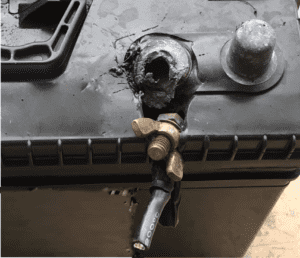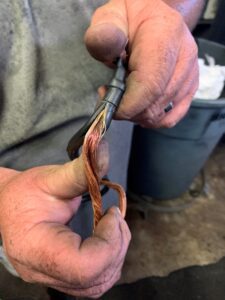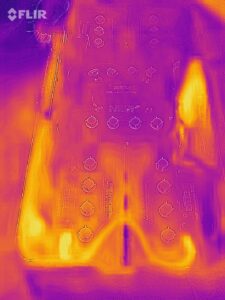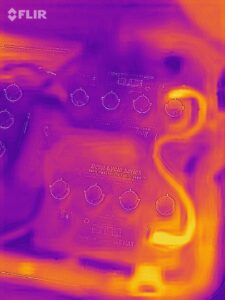4 Surprising Things That Will Melt Your Golf Cart’s Battery Terminals & Cause Problems

Has your battery terminal ever melted on one of your lead-acid golf cart batteries? This issue can be quite perplexing, especially if you're a newcomer to golf cart battery maintenance. Although this phenomenon can be a puzzling and stressful event, it's not an uncommon problem. In this blog post, we'll examine the top three things that can cause your battery terminals to melt. We'll delve into the science behind these causes and offer preventative measures to help you avoid this.
What Causes Your Battery Terminal to Melt?
1. Loose Connections
The first cause we'll discuss is loose battery connections. A loose connection can create a high resistance point at the terminal. This resistance converts electrical energy into heat, which can cause the lead terminal to melt if the current is high enough. You can prevent this by regularly checking your battery connections and ensuring they are tight. Most battery manufacturer's recommend using a torque wrench and tightening your battery cables to a snug 95-105 Inch-Pounds. Click here to learn more.
2. Faulty Battery Cables
This is another common cause of melted battery terminals. A damaged or corroded cable can increase resistance the same way a loose connection can. Battery cables are made from thin copper strands, drawn out to a specific diameter and woven together to create a larger cable in a process known as stranding.
The stranding process is essential for both the cable's flexibility and durability. The more strands a cable has, the more flexible it becomes, allowing it to be bent and routed through tight spaces without breaking. The weaving pattern of the strands can vary, with some cables using a simple twist, while others may use a more complex braid. This choice affects the cable's flexibility, strength, and resistance to vibration. However, if enough of these individual strands break or corrode, the increased resistance in the cable will create a lot of excess heat. This can lead to a melted post.
Here you can see a defective battery cable. After removing the insulation, you can clearly see frays and scorch marks on the copper strands.


Check out these thermal image taken with a FLIR showing this defective battery cable installed in series in a golf cart battery bank. The defective cable is visibly hotter than any of the other four cables used in this battery bank.




The golf cart featured in the these images came into our repair shop because it repeatedly melted the same battery terminal, despite the customer replacing the battery several times. We fixed the problem by replacing the defective battery cable. Regular inspection of your cables for signs of wear or corrosion can help identify potential issues before they become serious. If any of your cables seem "crinkly," that could be a sign it's time to replace them.
3. Overcharging
This is a more indirect cause. Overcharging a lead-acid battery can cause excessive heat and emit gas that leads to corrosion and oxidation on the battery terminals. This corrosion can increase resistance and ultimately cause your battery terminals to melt. To prevent overcharging, it's crucial to use a smart charger with an automatic shut-off feature based on the battery's condition.
Click here to learn more about overcharging batteries.
4. Age
Lastly, the overall condition of the battery can cause your terminal to melt. An old or damaged battery may have internal issues that cause it to draw too much current and generate excessive heat. Regular battery inspections and timely replacement can help prevent these issues.
